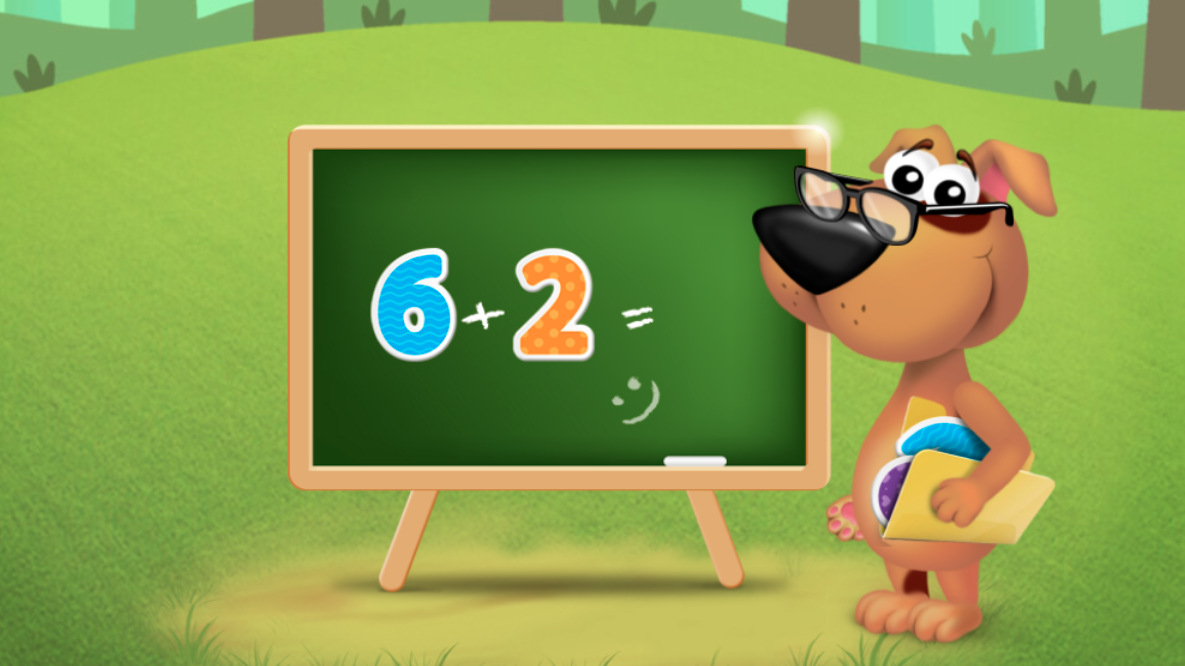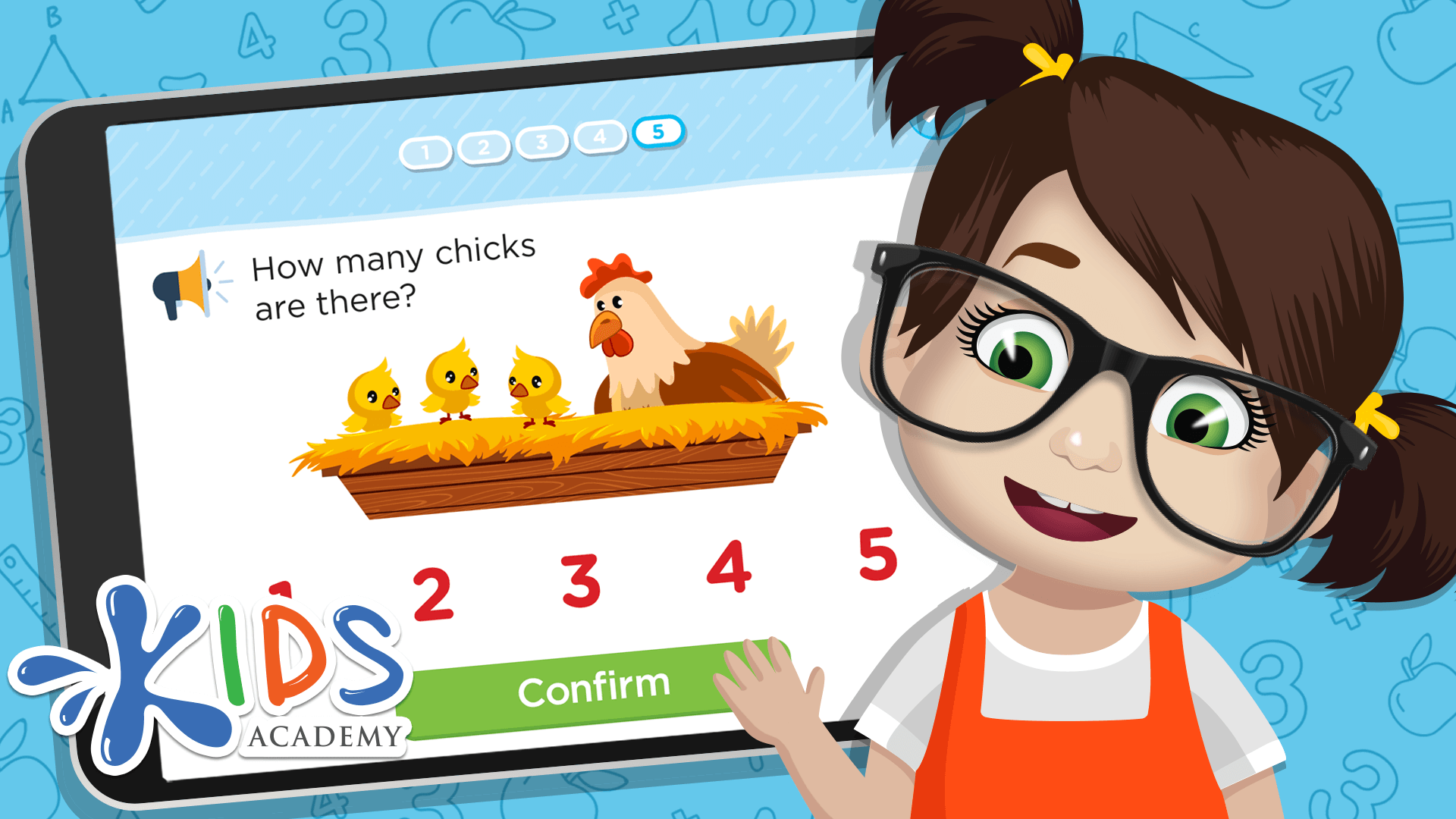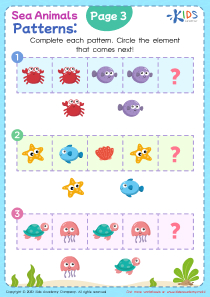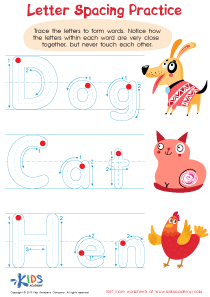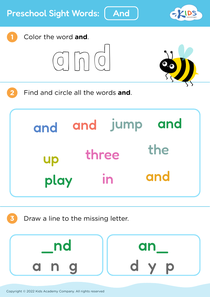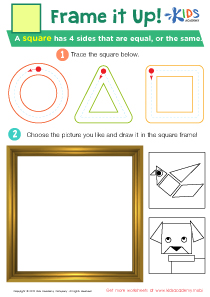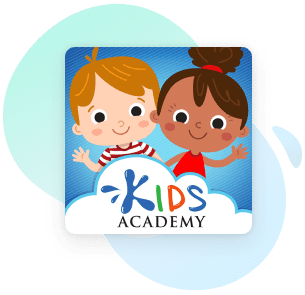2D Shapes Worksheets for Preschool
25 filtered results
-
From - To
2D Shape Worksheets Preschool
Two-dimension shapes is one of the most important topics for kids to grasp at the beginning of their academic development since it lays the foundation of geometry and is a prerequisite for moving on to more complicated concepts like fractions and angles in older grades. Below you can find a series of our interactive free printable preschool math worksheets where children in pre-kindergarten can learn the names of the most basic shapes – square, circle and triangle – and practice tracing them. Preschoolers will also train their skills of sorting 2D shapes into different groups, building patterns out of different shapes and identifying the shapes of objects in their environment.
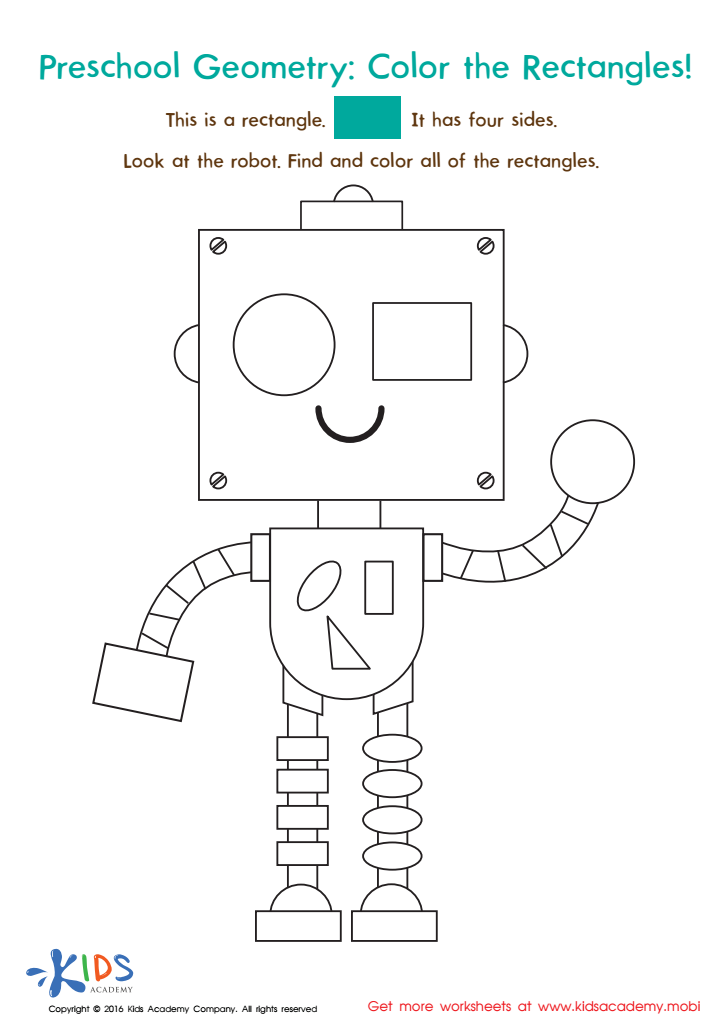

Geometry Worksheet
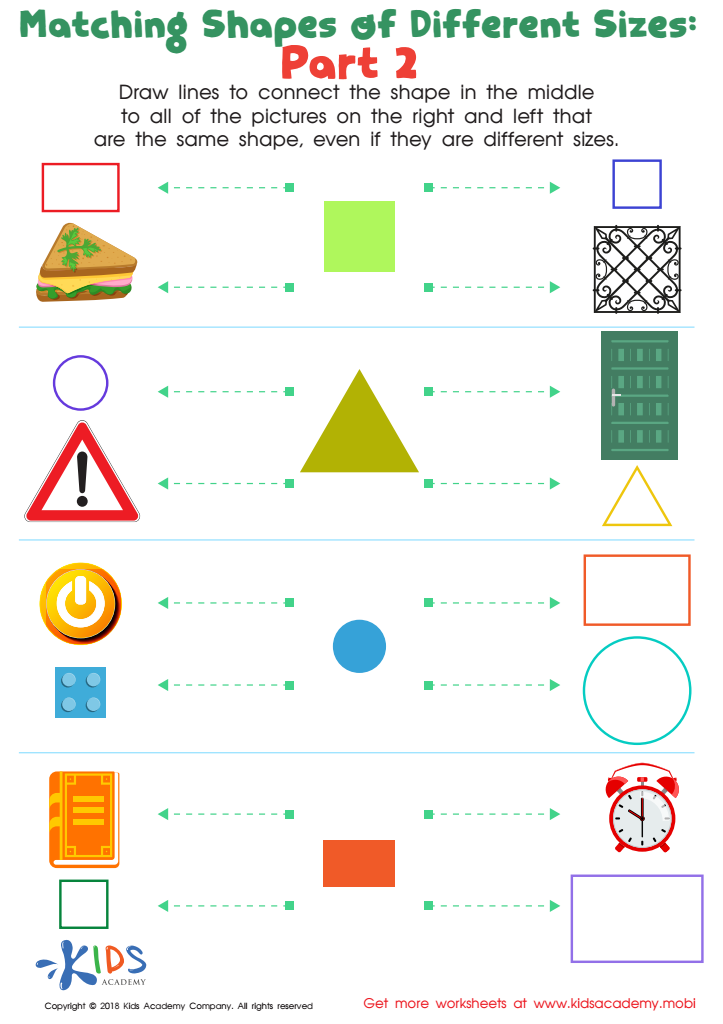

Geometry: Part 2 Worksheet
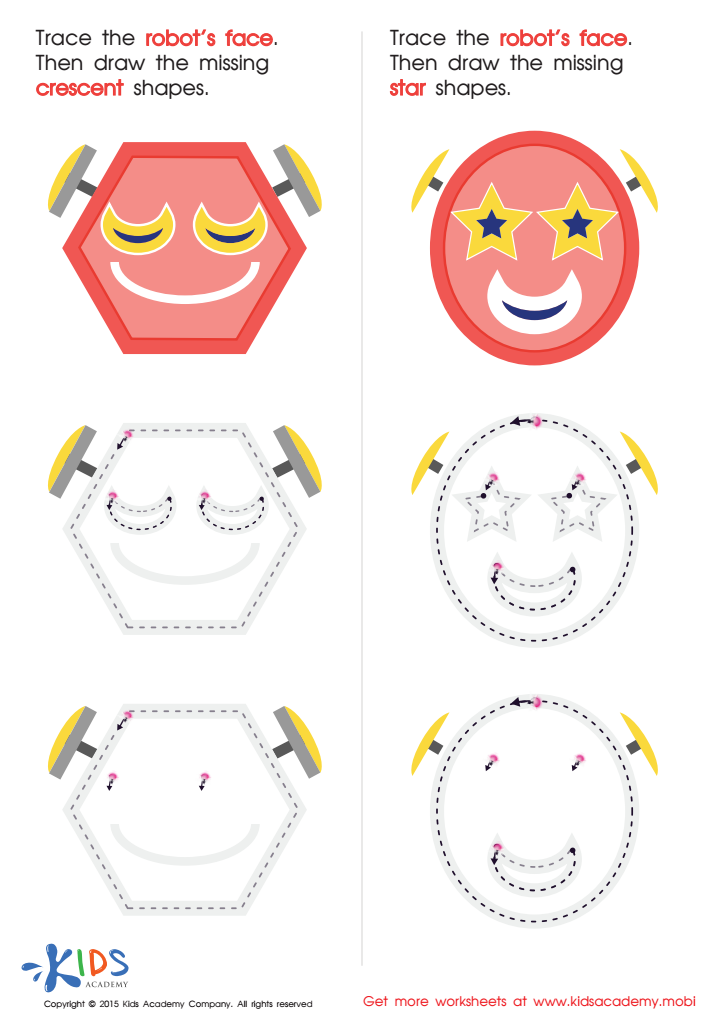

Composing a Robot's Face of Crescents And Stars Worksheet
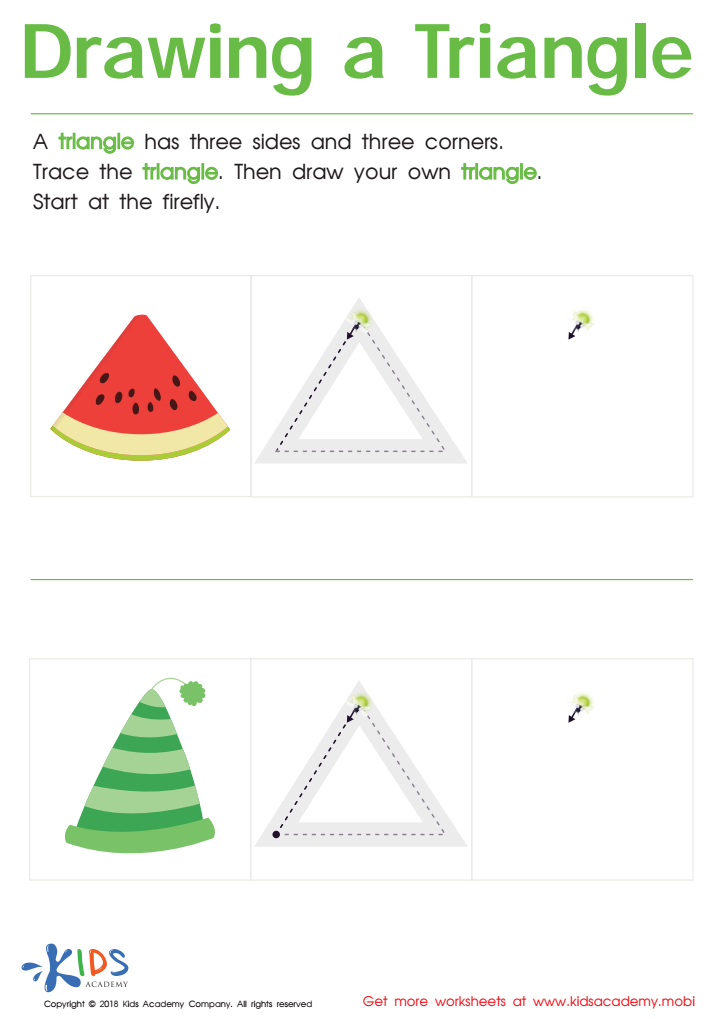

Drawing a Triangle Worksheet
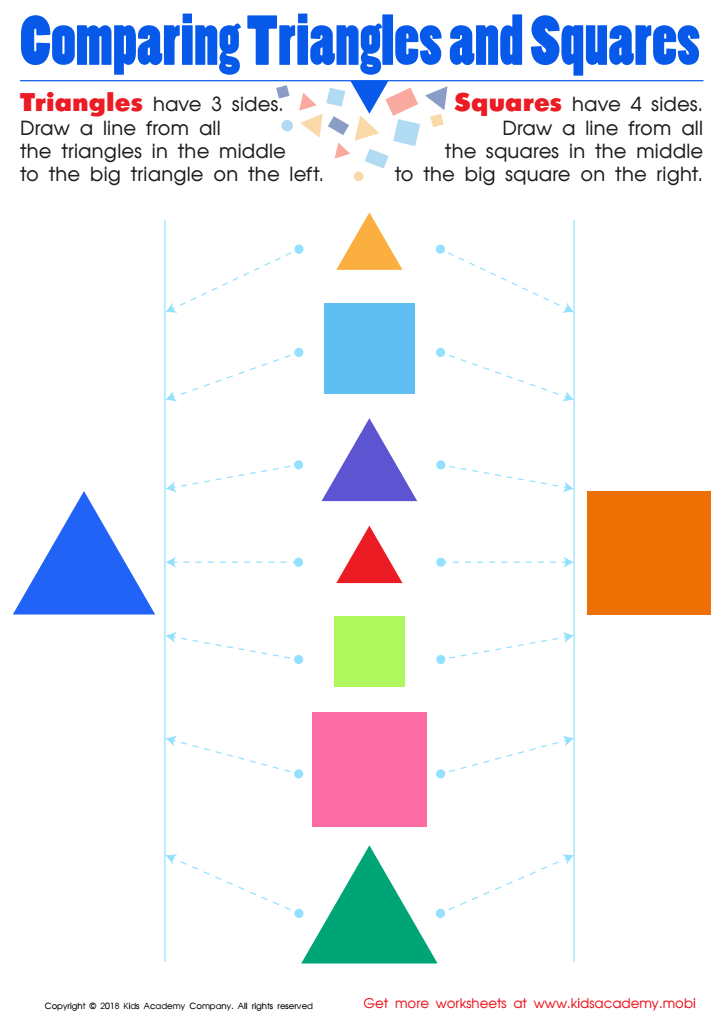

Comparing Triangles Squares Worksheet
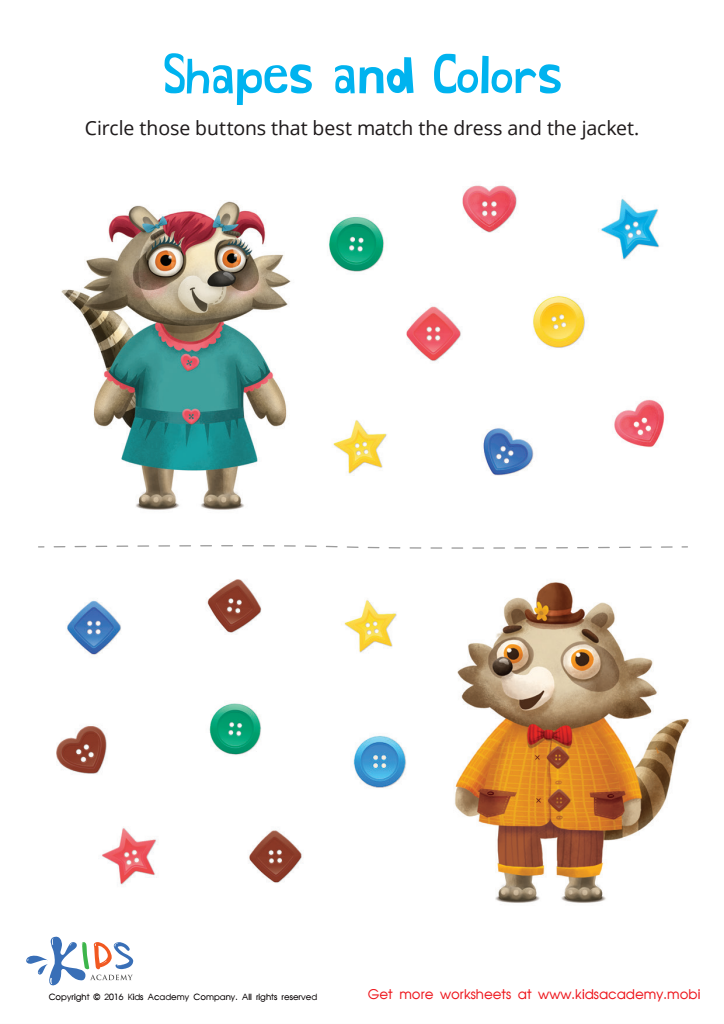

Matching: Shapes and Colors Worksheet
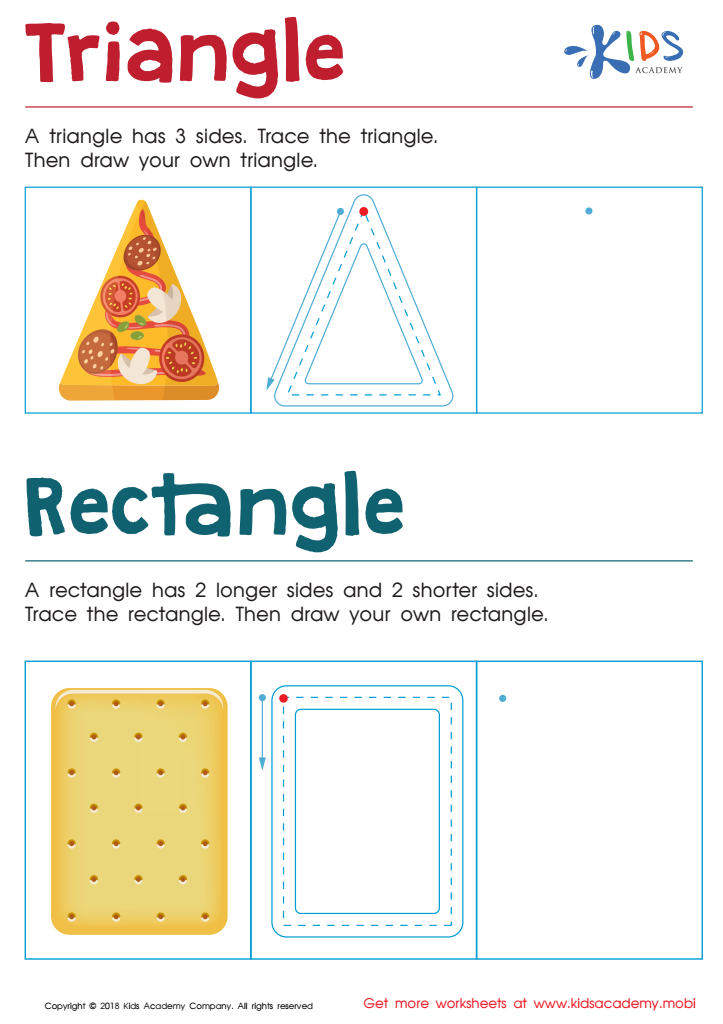

Triangle Rectangle Worksheet
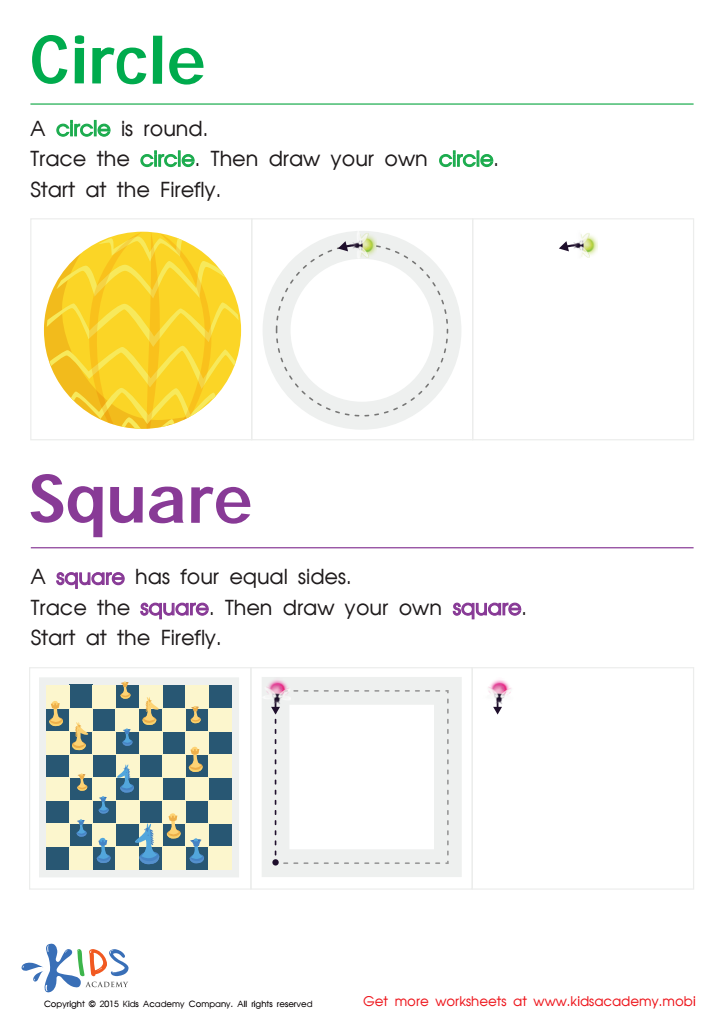

Trace And Draw a Circle And a Square Worksheet
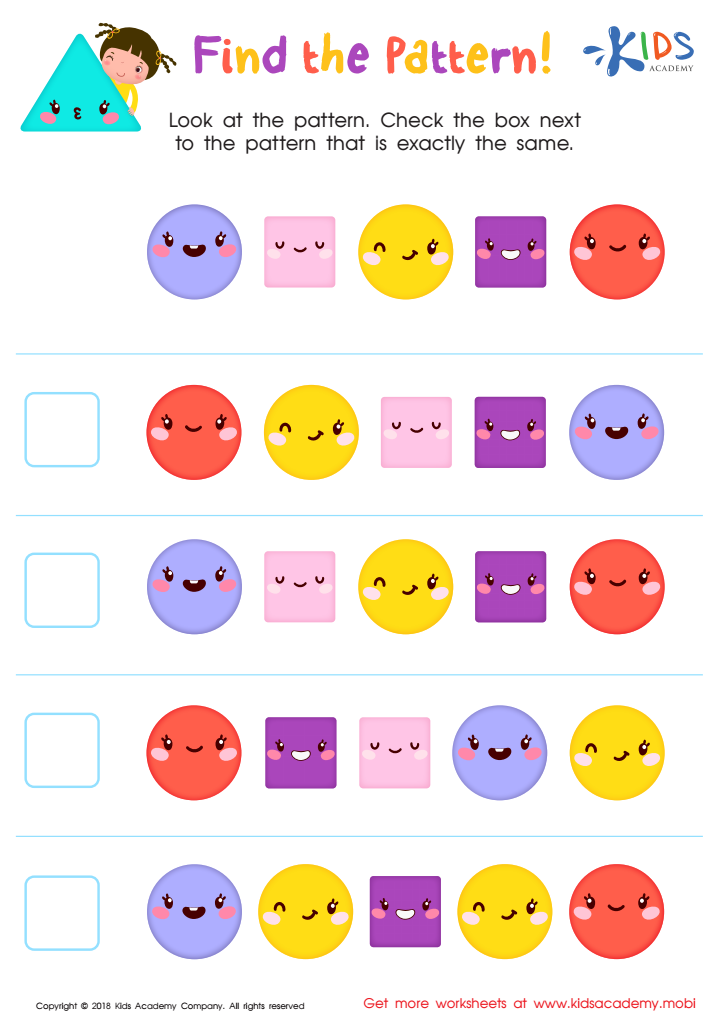

Find the Pattern Worksheet
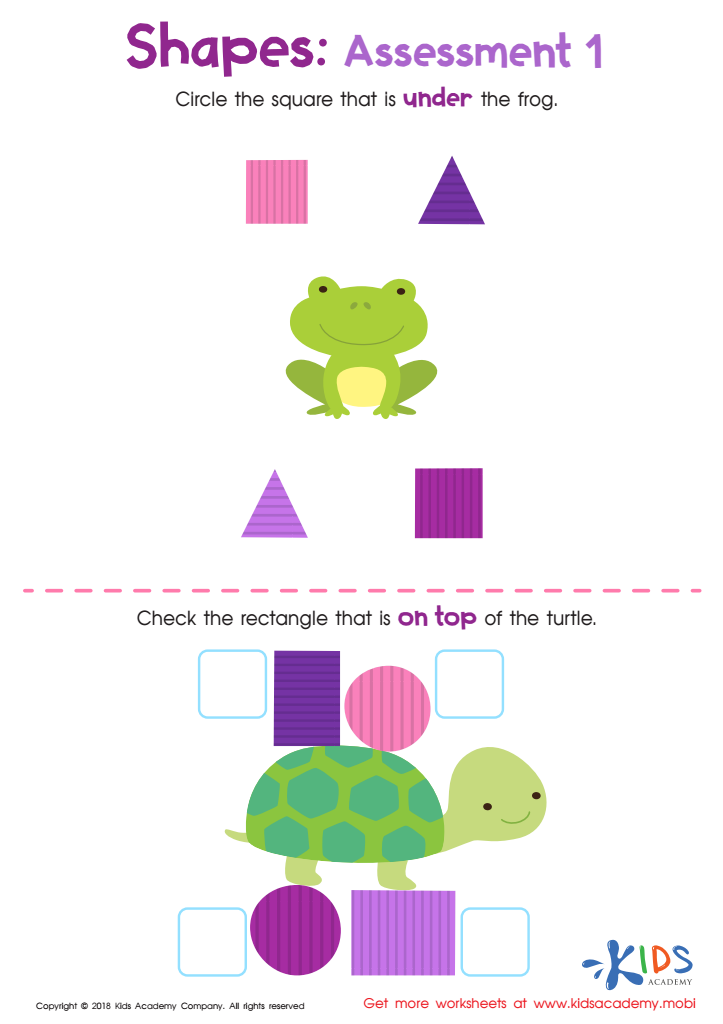

Geometry – Assessment 1 Worksheet
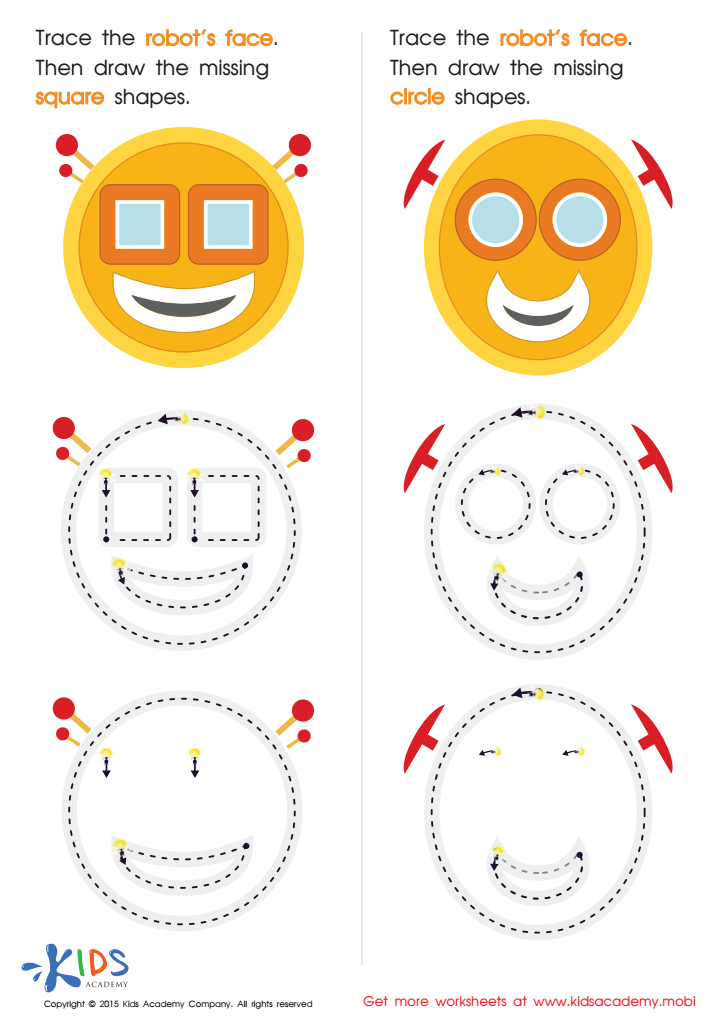

Practicing to Draw Circles And Squares Printable
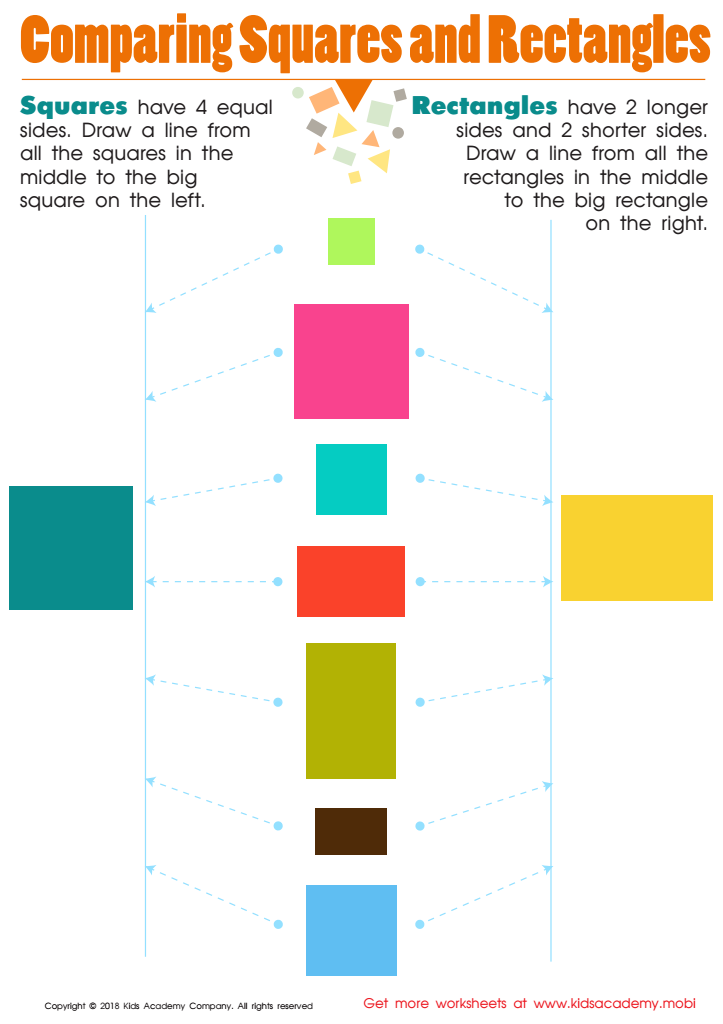

Comparing Squares Rectangles Worksheet
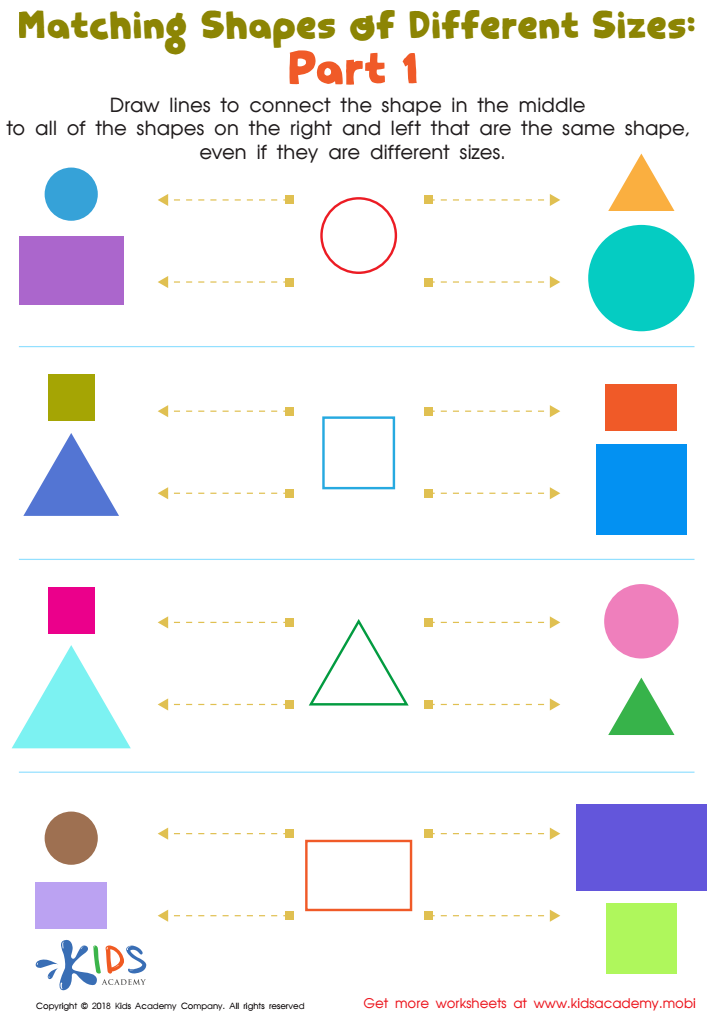

Geometry: part 1 Worksheet
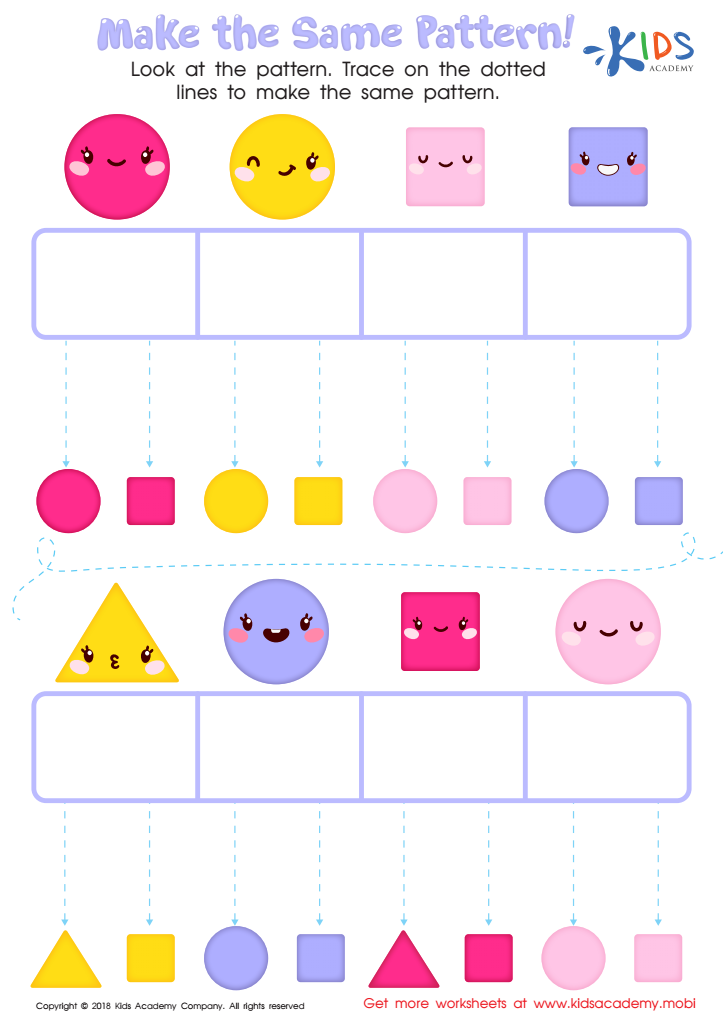

Make the Same Pattern Worksheet
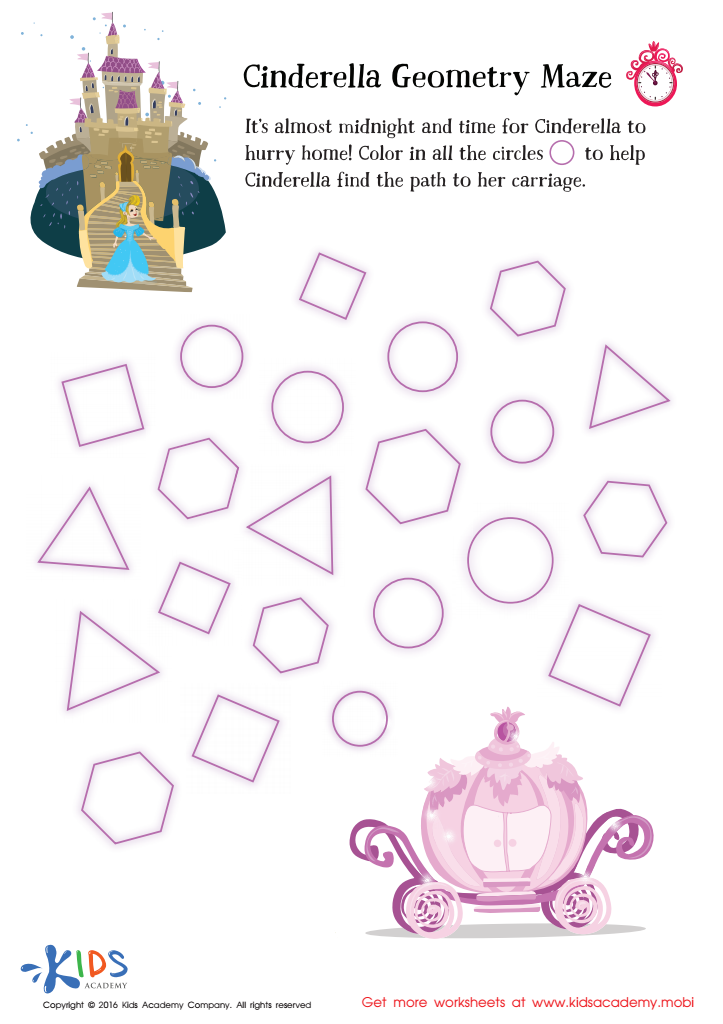

Cinderella Geometry Maze Worksheet
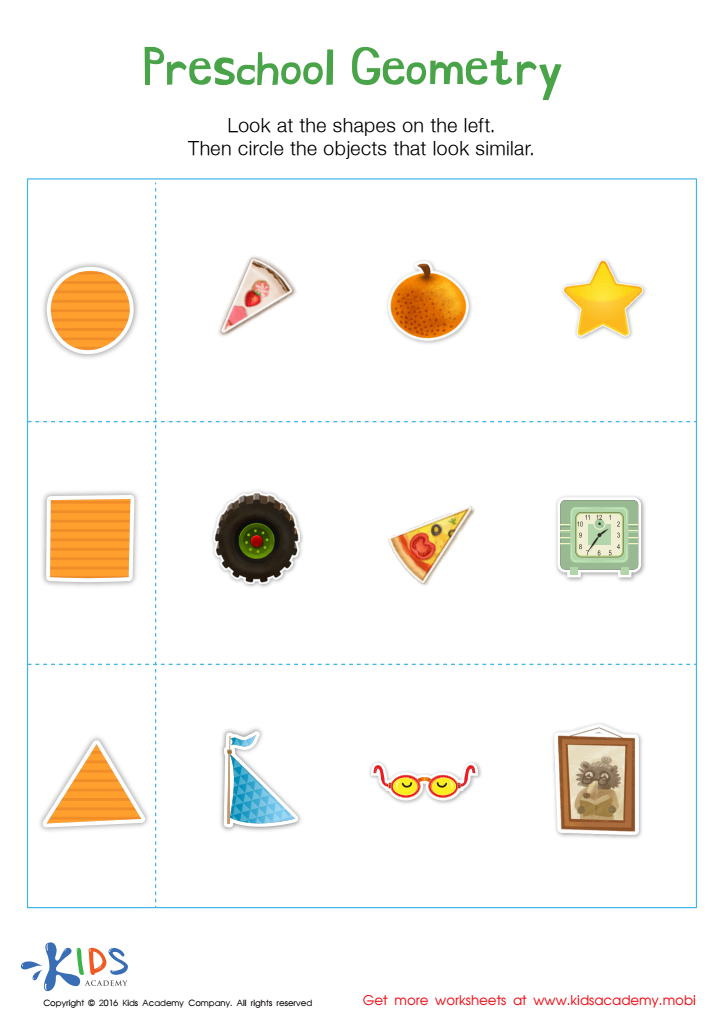

Preschool Geometry Match Up Worksheet
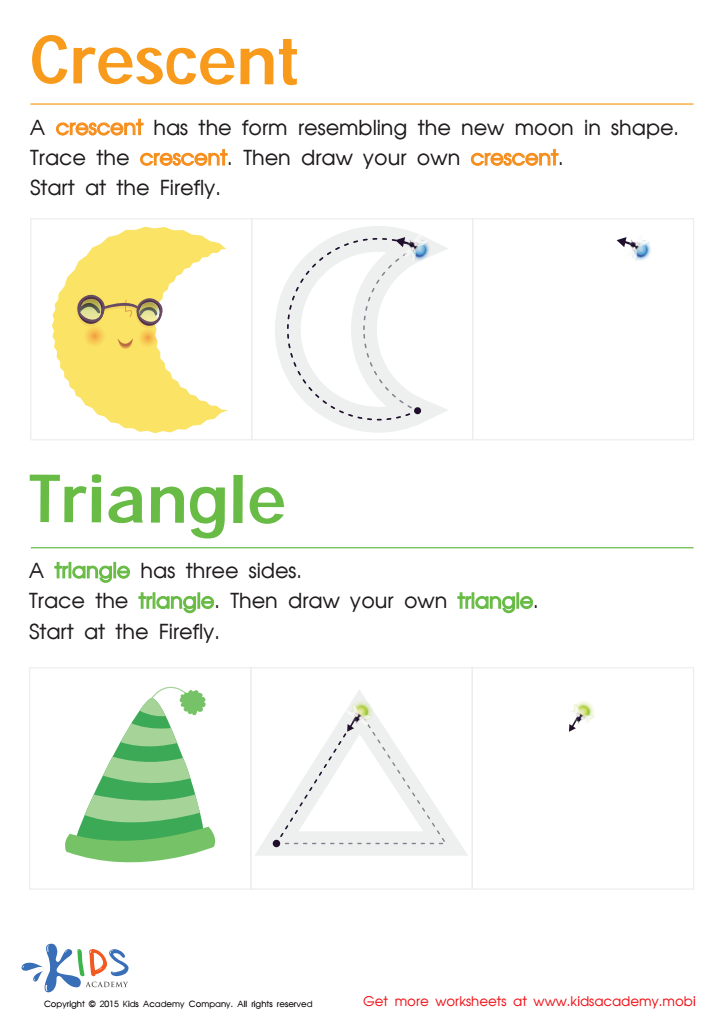

Learning to Draw Crescents And Triangles Worksheet
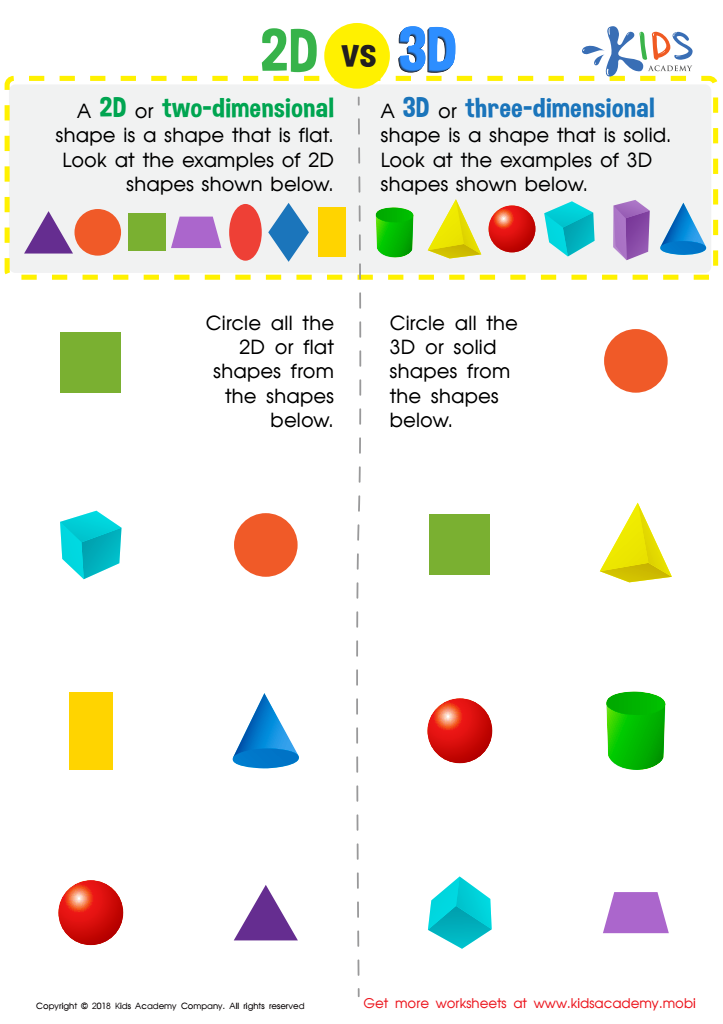

2D vs 3D Shapes Worksheet
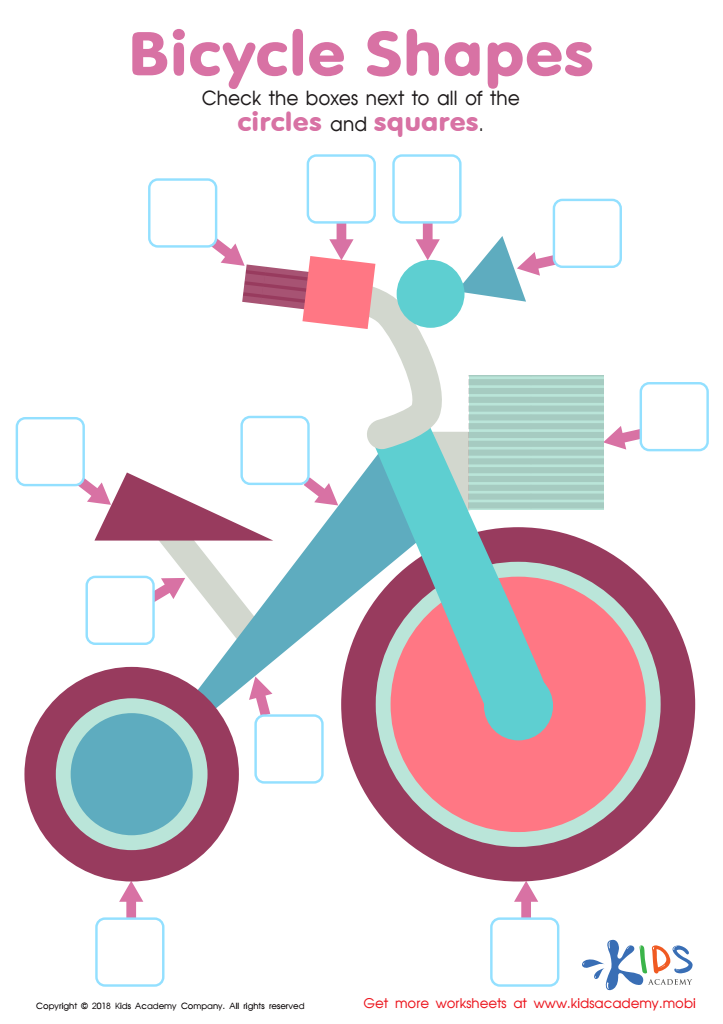

Bicycle Shapes Worksheet
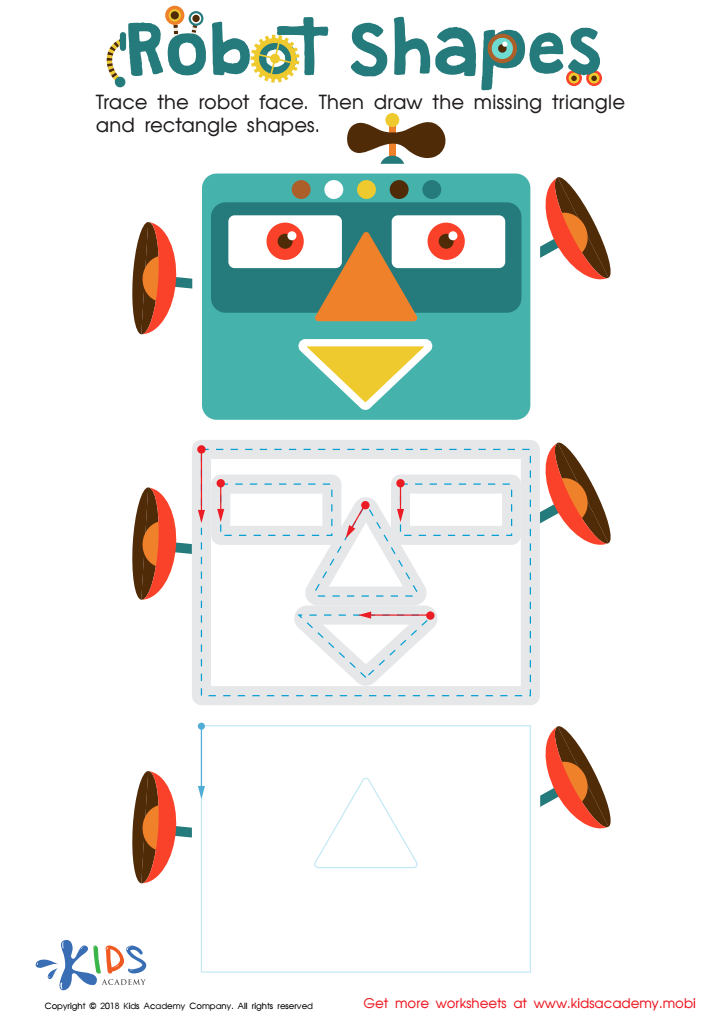

Robot Shapes Worksheet
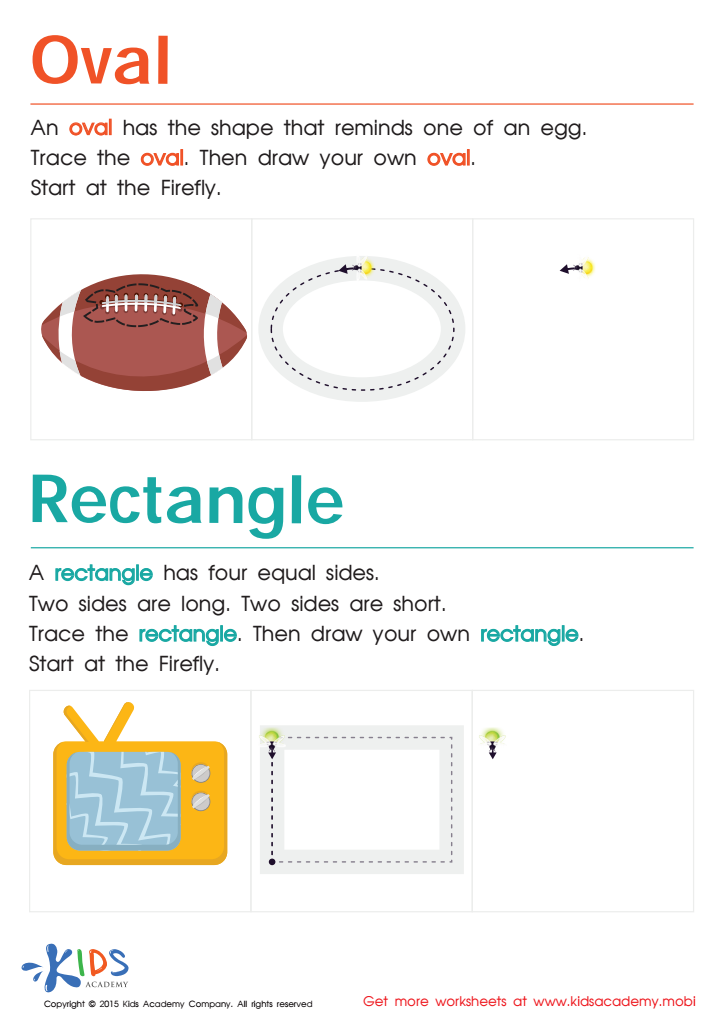

Easy Drawing of Ovals And Rectangles Worksheet
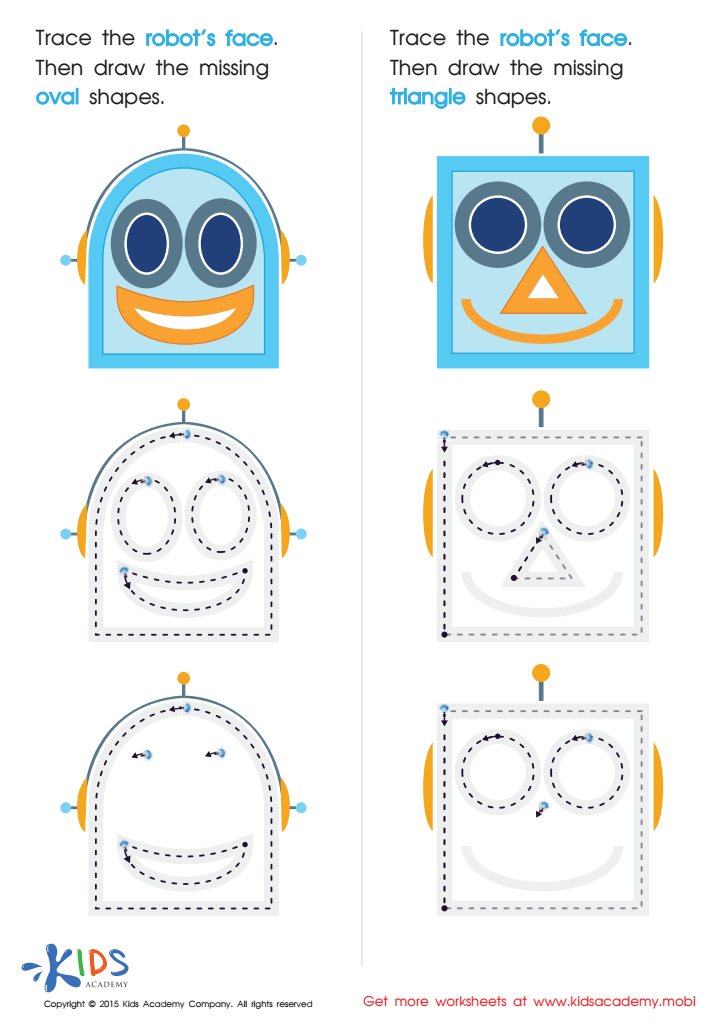

Drawing Ovals And Triangles with Fun Printable
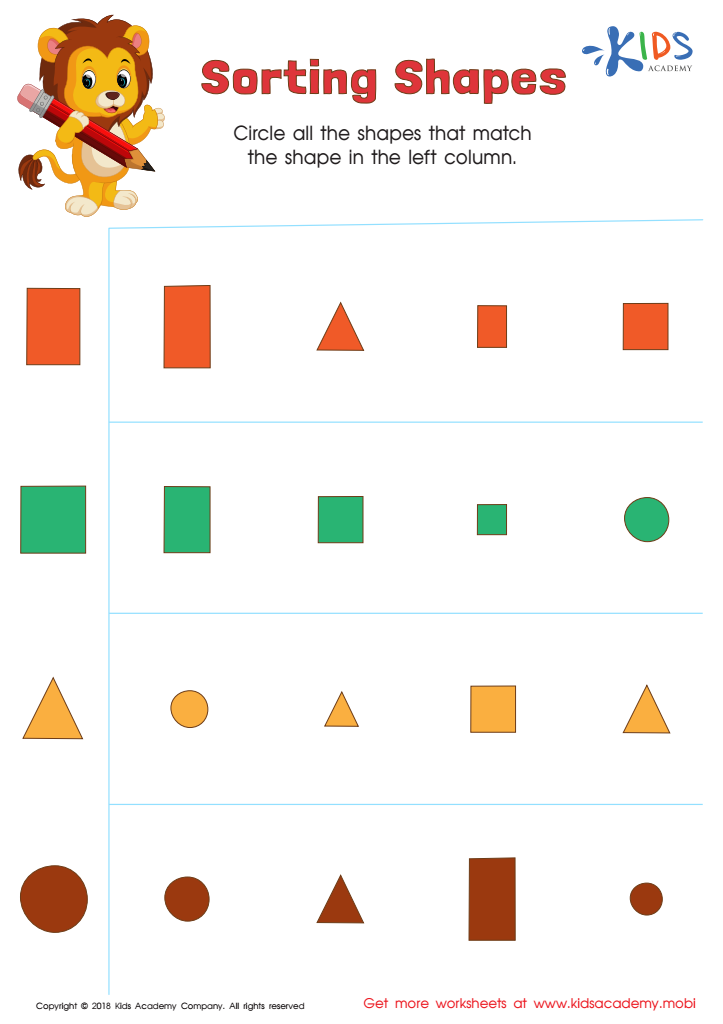

Sorting Shapes - Part 2 Worksheet
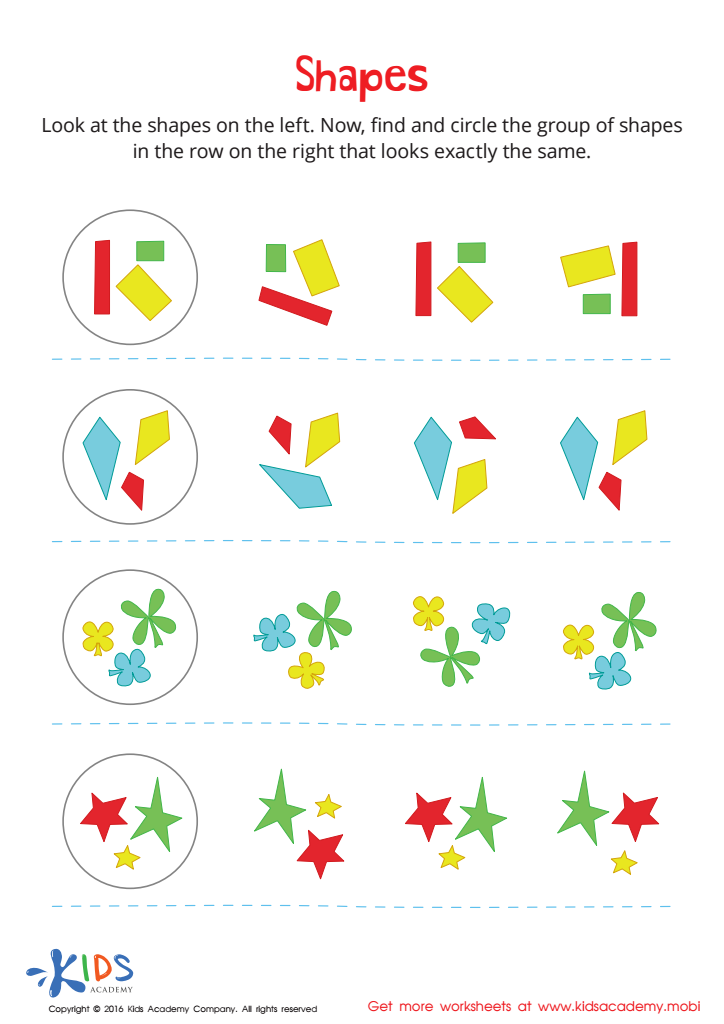

Shapes Worksheet
The Importance of 2D Shapes Worksheets for Preschoolers
2D Shapes Worksheets for Preschool: Why They're Useful
Introducing young learners to the world of shapes is a vital part of many preschool curriculums. Understanding 2D shapes is a fundamental skill that is necessary for children to make sense of the world around them. 2D shapes worksheets are a useful tool for achieving this goal. In this article, we'll explore the reasons why 2D shapes worksheets are so important for preschoolers and how they can benefit from using them.
Firstly, 2D shapes worksheets offer a visual and interactive way for children to engage with abstract concepts like squares, circles, triangles, and other similar shapes. By using these worksheets, children can feel the shape, see its outline, and get a hands-on feel for its properties. This is important because preschool-aged children need to experience the world around them with their senses.
Since 2D shapes are everywhere, it's important for children to be able to recognize them from a young age. With 2D shapes worksheets, preschoolers can start to make associations with their environment, such as recognizing a circle in a tire or a square in a window. This early recognition of shapes helps children make more sense of the world around them and prepares them for more complex learning ahead.
2D shapes worksheets are also helpful because they provide opportunities for children to practice and develop important skills like vocabulary, motor skills, and spatial awareness. When working with these worksheets, children have to name the shape, trace its outline, and interact with it in various ways. These exercises help them develop the language skills to describe shapes, hand-eye coordination, and an understanding of how objects relate to one another in space.
Another benefit of using 2D shapes worksheets is that they can be customized to meet the needs of children at different learning levels. Some children may need more practice with certain shapes, while others may need a challenge. By having different levels of worksheets, children can receive the education that matches their learning style and individual needs.
Finally, 2D shapes worksheets are a great tool for reinforcing the concept of symmetry. Many of the 2D shapes have symmetrical properties, and worksheets provide a great way to demonstrate this concept to children. By manipulating shapes around their axes, children are able to better understand the symmetry and its importance in the concept of balance.
In conclusion, 2D shapes worksheets are a helpful and engaging tool for preschool-aged children to learn about abstract concepts like shapes.

 Assign to the classroom
Assign to the classroom
